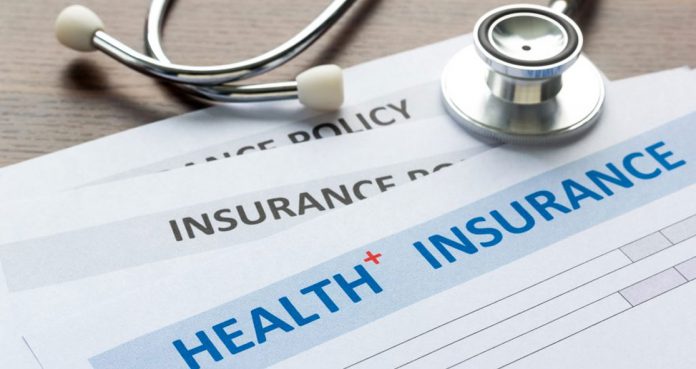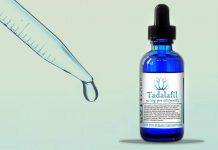On Tuesday, the United States Preventive Services Task Force said that patients who hold private health insurance would soon be able to get daily HIV medication at no cost, which is known as pre-exposure prophylaxis (PrEP).
The task force gave PrEP a grade A recommendation, which means insurers will now get the HIV medication at no cost to their policyholders.
Private health plans should cover preventative services that the task force grants an “A” or “B” recommendation under the Affordable Care Act, which is commonly called Obamacare.
On the same day, an influential health care panel recommended that doctors should advise a daily dose of HIV drug to healthy people who are at high risk of getting infected by the virus.
The new guidelines published Tuesday in the Journal of the American Medical Association.
The task force, which comprises an influential panel of physicians and researchers, said, “It found convincing evidence that PrEP is of substantial benefit in decreasing the risk of HIV infection.”
The panel also advised regular HIV screening for people aged 15 to 65 years and pregnant women.
Dr. Hyman Scott of the University of California San Francisco wrote in an editorial published Tuesday alongside the JAMA report, “The new guidelines show a maturation of evidence and policy in HIV medicine and a growing consensus affecting application, not only in the United States but worldwide.” He is not part of the task force.
The federal government data found that more than 1 million Americans are currently living with HIV and over 40,000 Americans are infected with HIV each year.
According to the CDC, “PrEP can reduce the risk of infection by up to 92% in people who are at high risk and who take the drug consistently.”
The new guidelines are recommended amid Trump administration’s pledge to end the HIV epidemic in the states by 2030, a goal that public health officials have sought for years. Last month, pharmaceutical giant Gilead Sciences Inc. agreed to donate its PrEP medication Truvada (Emtricitabine/Tenofovir) for up to 200,000 uninsured people a year until 2025.























